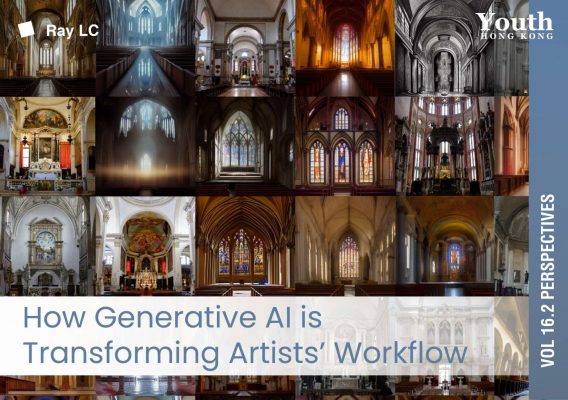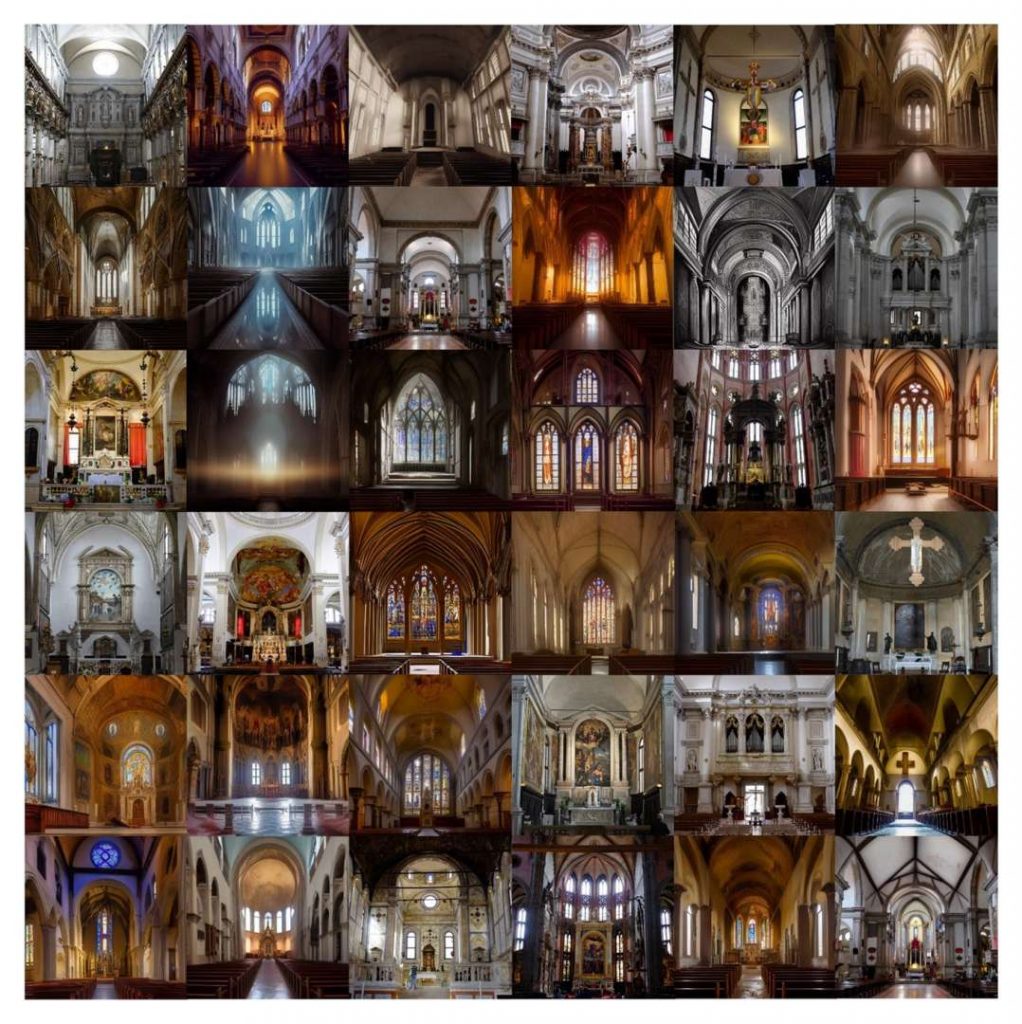//16.2 Perspectives: Art
Empowered to Create
by Ray LC
Generative AI has changed how artists conceptualise, prototype, and produce work. In this democratisation process, artists are more taking on the roles of curators.
Think back to the times when Pablo Picasso painted Guernica in 1937, the massive canvas about the Spanish Civil War that the artist was living through: one person did the research, created the concept, chose the colours, determined the different patterns for each section, and then executed every single part of the painting, be it the large dying horse in the middle, or the small dimming lightbulb on the side.
In those times before the modern technological evolution with AI, artists either did the work all by themselves or hired a working studio of other professional painters to work under their names. To create one work requires a massive investment of human power, time, and money, all in attempts to satisfy patrons or galleries who may not be ultimately pleased with the result.
A few decades later, the Generative AI revolution is creating unprecedented changes to the way artists conceptualise, prototype, and produce work. An early example is Harold Cohen’s AARON drawing machine, the earliest AI model to produce further works that imitate the artist’s style. While Flemish painter Peter Paul Rubens’ studio artists could copy their masters’ works to some extent in the past, they were not original works but rather specifically dictated by the boss. Cohen’s machine leveraged the ability of AI to generalise over the space of possible paintings represented by Cohen’s work to produce other variations within the space, allowing AI to take over the conceptualisation process in addition to the production process.
Generative AI takes the revolution one step further. While Cohen’s machine can only create drawings that are stylised after the artist himself by utilising artist-programmed computer codes, recent technology allows artists to create in the manner of other artists and to interface with the conceptualising by verbal description alone.
These advantages come from fresh recent innovations to the AI landscape, including the Large Language Model and text-to-image tools such as DALLE, Midjourney, and Stable Diffusion.
Large Language Models are classes of AI models that capture all kinds of textual information from data sources all over the internet, including places like digital book archives, Wikipedia, dedicated user forums Reddit, etc. Being trained on such large sources of data means that the model can communicate with human users effectively, learning to implement human verbal directions and output information to human commands.
The prime example is ChatGPT, which has fundamentally changed the way humans work with digital information. Instead of humans adapting to the computer as in programming and using dedicated software after extensive training, we now simply learn to ask and give the computer prompts in the right way to get the results we want.
“AI will ultimately change not only our ability to create artworks but also how we value different aspects of artistic practice.”
Take for example, my work in the exhibition Human Post-Human shown at Venezia Contemporanea Scala Mata entitled “Venice In Vivo” is a photographic print of both real churches of Venice and Generative AI-created versions of churches specified by my own English prompts, interspersed together.
Thus the role of the artist has become more of a content curator. Instead of creating one work like Picasso, artists allow the machine to generate multiple works based on the same instruction and choose from what fits their conceptualisation the best. The artists’ job then becomes how to effectively manipulate the text until they find good results representing their original concepts.
The previous description makes it appear that the artists’ job has simply been adjusted from making art to learning how to say things so that art can be made, which may not seem like much of a revolution in terms of empowerment for the artist. However, there is one area where Generative AI has the potential to transform artistic practice fundamentally, and that issue involves access.
Since anyone can now use verbal prompts to create professional-looking images on Midjourney and other platforms, particular fields of art and design like illustration, photography, and graphic design will see a democratisation of the artistic process. One does not need to be a particularly great manga artist to draw professional cartoons using Midjouney; one only needs to figure out what to say to the Generative AI.

Images of imagined futures of Hong Kong’s Central Market and Star Ferry terminal, created by local participants in a Generative AI workshop.
Our work “The Present in the Future Is the Past” exhibited at Goethe Institute, Hong Kong Arts Centre, illustrates this point. Here, we allowed residents to describe their imagined versions of Cultural Heritage sites of Hong Kong in the past and future, providing them access to Stable Diffusion to image these concepts. None of these participants are professional illustrators, but the results resemble professional paintings or sketches, a process that previously required years of training.
As Generative AI technology becomes better and better developed almost on a monthly basis, this ability to specify ideas and artworks using verbal prompting empowers those with little artistic skill to realise their vision by collaborating with an AI. This technology will ultimately change not only our ability to create artworks but also how we value different aspects of artistic practice. If production becomes the easy part, then the admirable part of being an artist is the concept expression in the form of words, and the ability to select the work that represents your concept. ■
RAY LC is a new media artist and human-computer interaction researcher based in Hong Kong. He is an Assistant Professor of Creative Media at the City University of Hong Kong. RAY’s interdisciplinary art-design-science approach explores the way we tell stories and adapt to technology. Find more about his work at Instagram: studiofornarrativespaces




